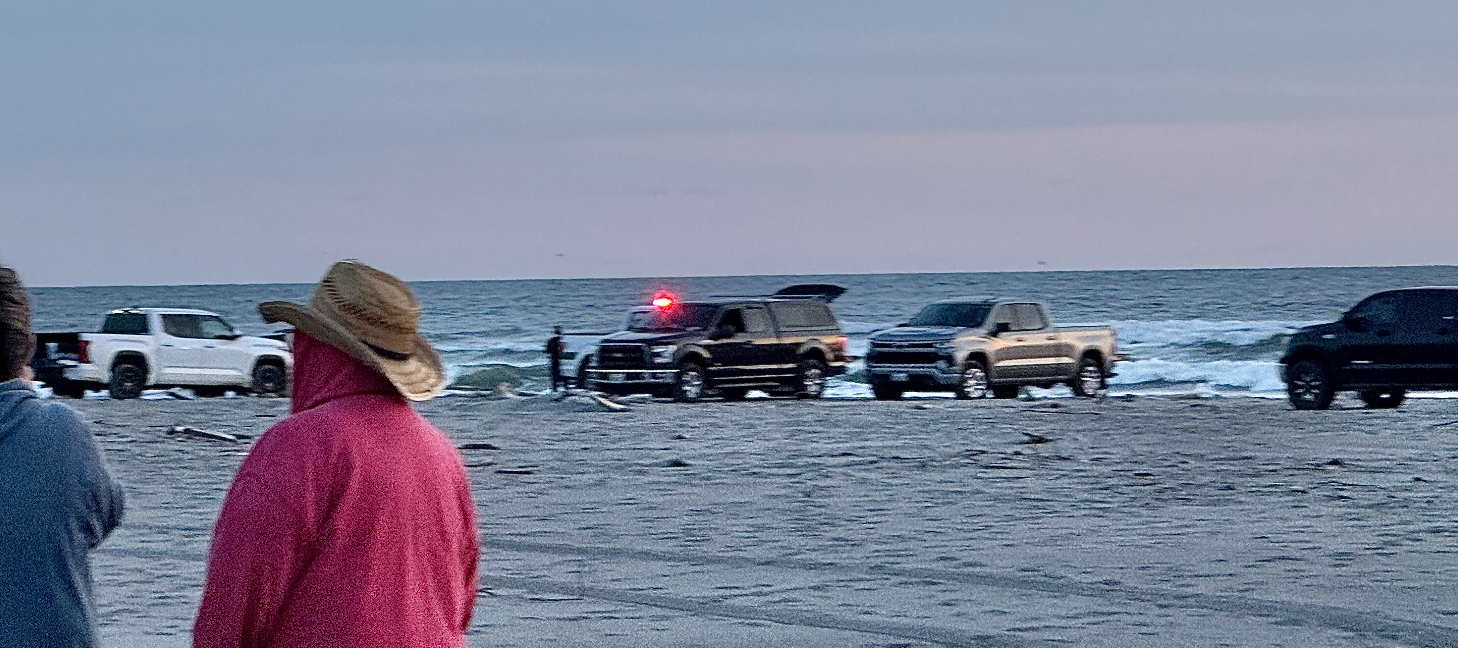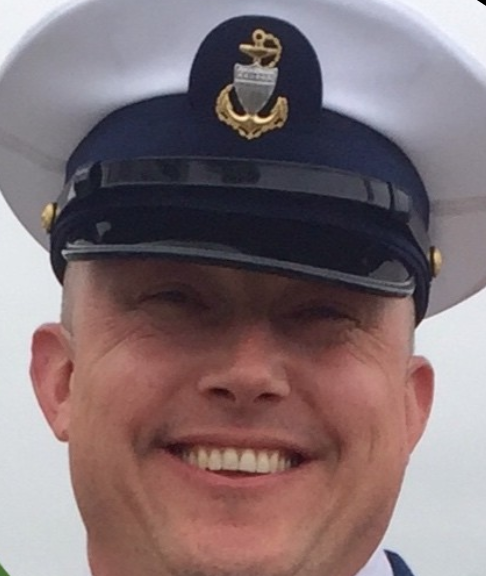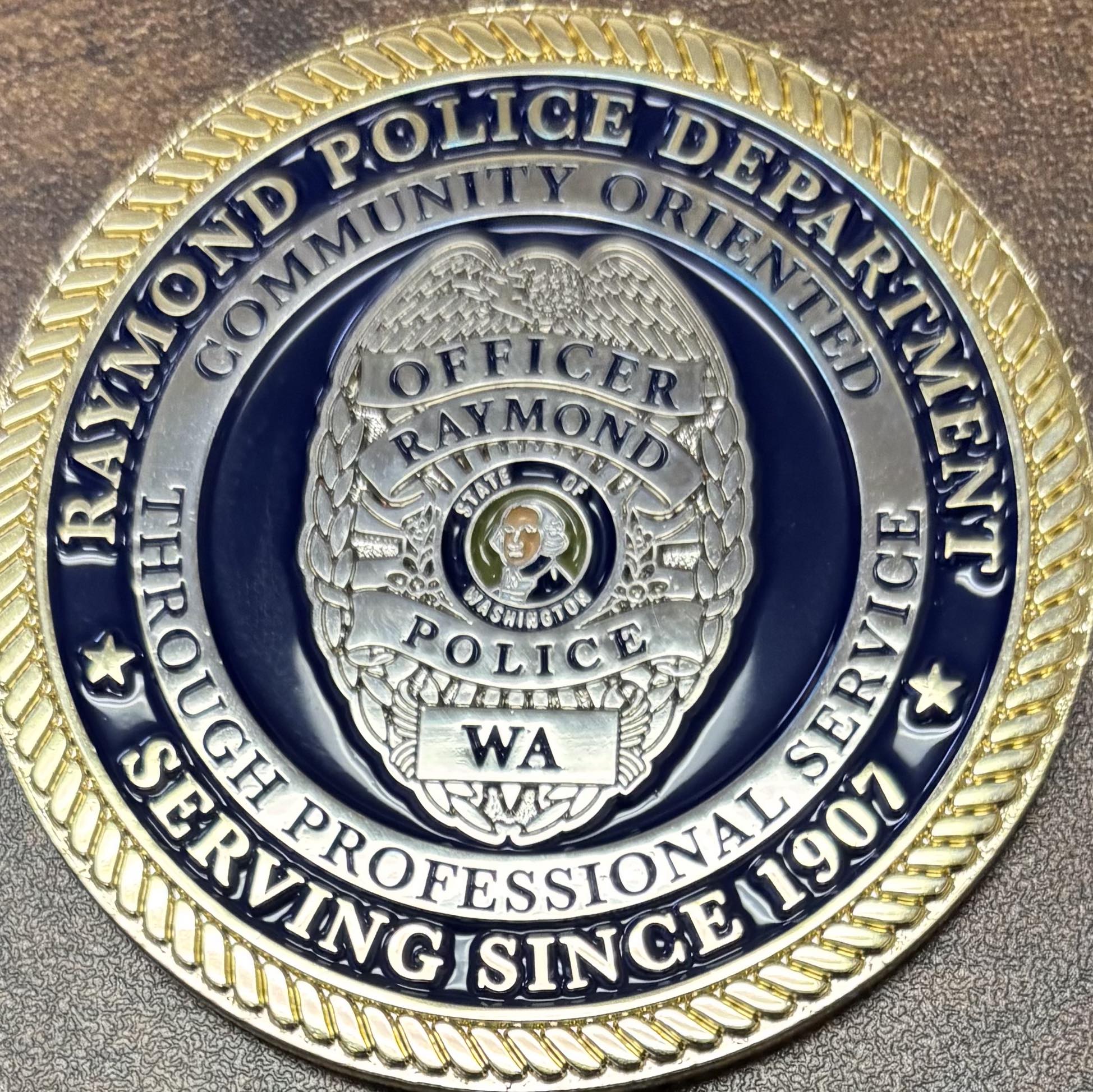Watch the gray whale northern migration now in Ilwaco
Published 4:00 pm Tuesday, March 23, 2004

- Jan Warren shows off some close-up pictures of gray whales Saturday at the Whale Watching Spoken Here event at the Lewis and Clark Interpretive Center in Ilwaco. DAMIAN MULINIX photo
CAPE D – Just about everybody who came by where Jan and Warren Hartman were set up at the newly remodeled Lewis and Clark Interpretive Center at Cape Disappointment State Park Saturday asked “Have you seen anything yet?”
“Not yet,” Jan replied, “but we have high hopes.”
Anyone who picks up a pair of binoculars and points them seaward for the next week or so will have high hopes as well, hopes of seeing northerly migrating gray whales.
Whale Watching Spoken Here [WWSH] is a program sponsored by the Oregon State Parks Service which hosts events from Ilwaco, down the Oregon coast, all the way to Crescent City, Calif. The events take place twice a year when gray whales migrate south to Mexico in the winter and return home to Alaska in the spring.
The Hartmans, from Olympia, have been volunteering with WWSH for a few years now, originally getting involved after being avid whale watchers for years.
“We lived in Alaska and had a small boat to get out and see killer whale pods and some other whales,” said Warren. “We’ve always had an interest in the waters and the whales.”
They are also members of the Coast Guard Auxiliary.
Jan is the real teacher of the two, offering up some basic whale facts for all who walk up.
“Have you ever seen a gray whale?” asks Jan before she goes into to opening monologue on the subject. “They’re hard to see, but what you’re looking for is a spout.”
She said sometimes it is difficult to see a whale’s spout, especially in rough waters where there are white caps. She said you can also watch for a whale’s tail.
For the kids, Jan provides some cetecean examples, including a sample of the hair-like baleen in a gray whales mouth that they use to filter their food.
Jordan Frost, 9, from Bellevue, here with her family for the weekend to visit their “favorite beach,” came across the WWSH event.
“I think it’s really cool,” said the young Frost, who learned about how the baleen whales eat.
According to Warren, Ilwaco is not necessarily the best place to see the whales because the jetty causes them to stay away from the shore. But from the high vantage point of the interpretive center and with the help of optics when the whales are there, you can see them. Warren said they had particularly good luck when they hosted the event there in December.
“The one nice day in December, we saw about 10 headed south. It was almost at quitting time too,” he said. “Sometimes the weather here isn’t as cooperative, but today’s one of the better days.”
Some excitement brewed when some spectators outside the interpretive center thought they saw a whale up close, just below the cliffs in which the building sits.
Jan spotted through her binoculars a harbor porpoise which she thought the people saw – that is until some of them came up and reported on what they saw first hand.
One man said, “There was one right straight down.”
“They could get off course or mixed up,” Warren replied, in response to the fact that the whales in normal circumstances would not get that close, due to the fact that it is freshwater. “But sometimes they don’t know all the rules.”
“It was huge,” the man said. “At first I thought it was a huge piece of drift wood.”
“You don’t happen to have a hip flask do you?” Warren joked with the excited man.
The WWSH event will be on site at the interpretive center through Saturday, from 10 a.m. to 1 p.m. The Hartmans have several pairs of binoculars for visitors to use, as well as a wealth of information to share. You can view the same area from outside the center for free, or pay to get in and talk with the Hartmans. Admission to the interpretive center is $3 for adults, $1 for ages 7-17.
If you miss the whales in Ilwaco, another possible location would be in the Westport and Ocean Shores areas.





